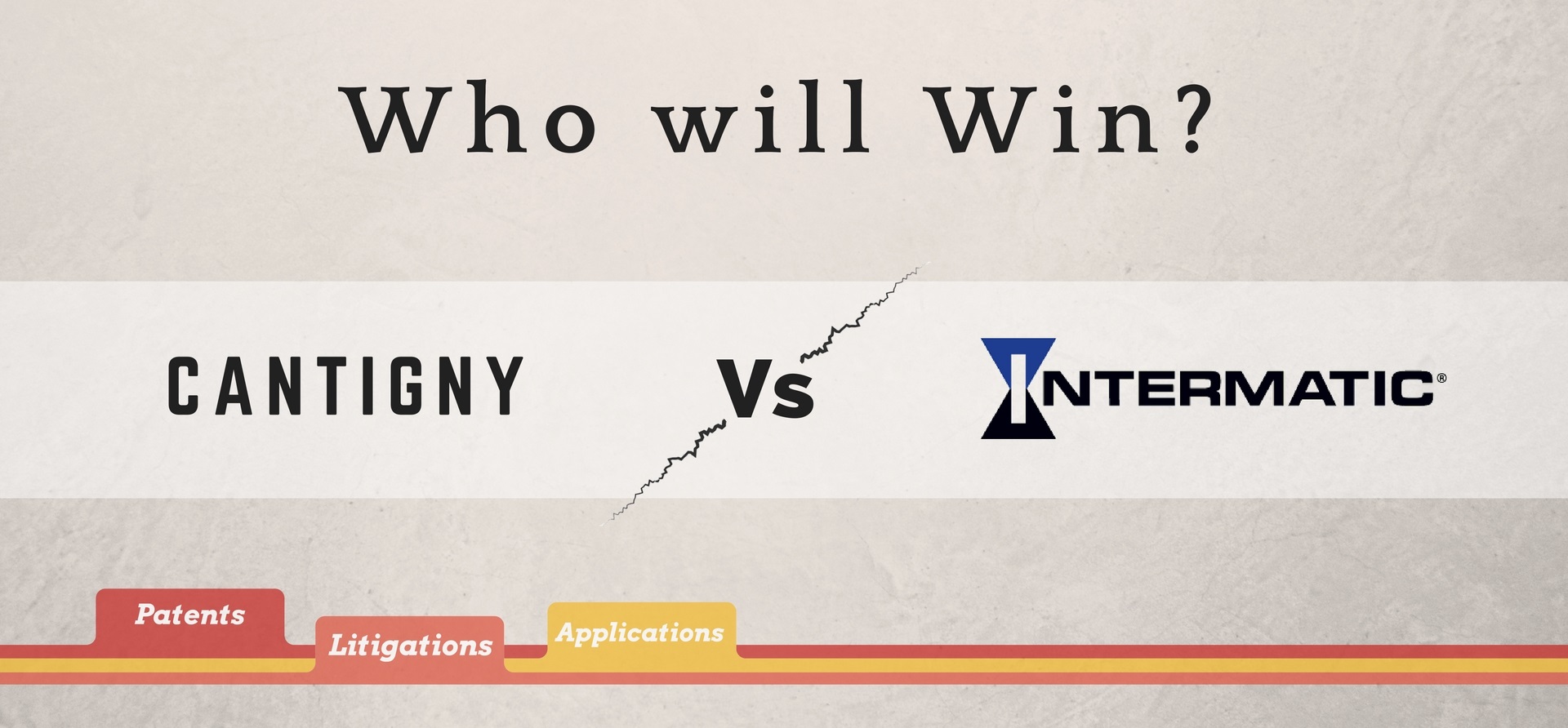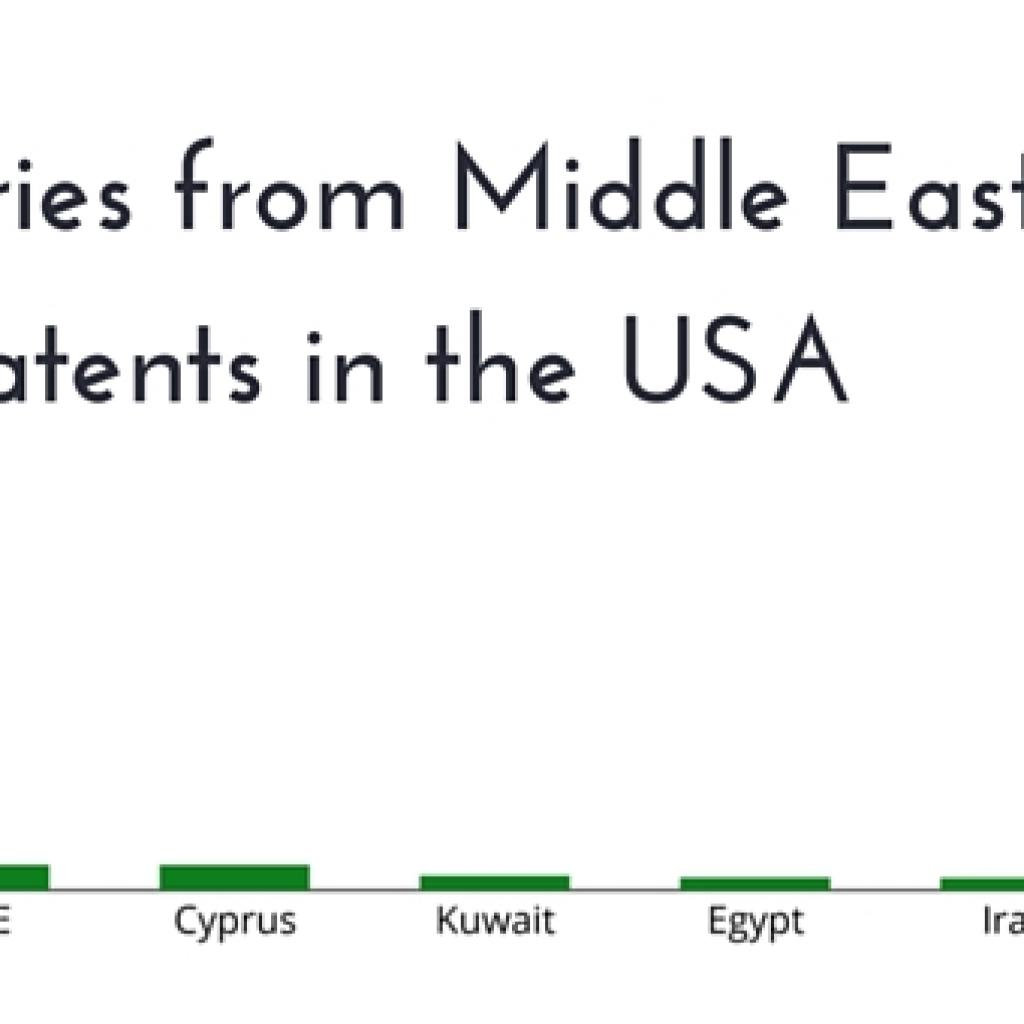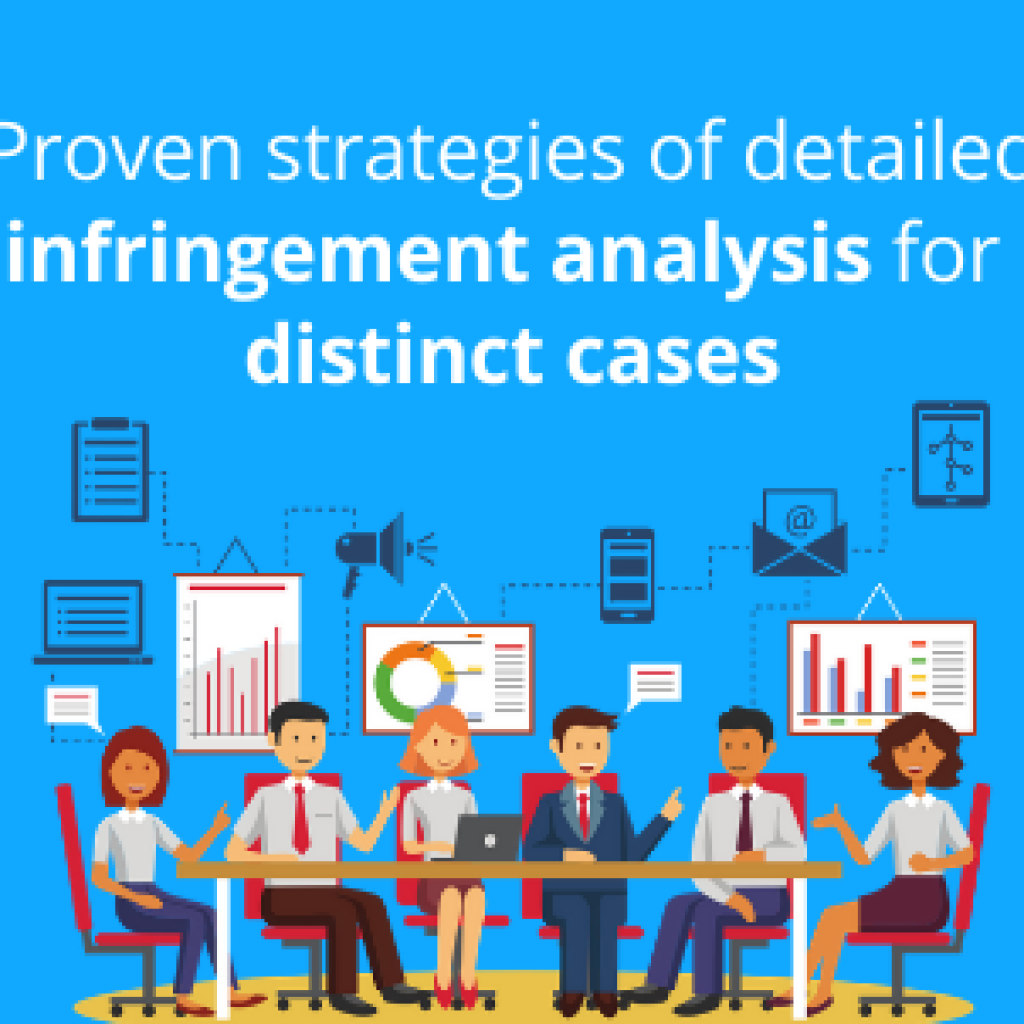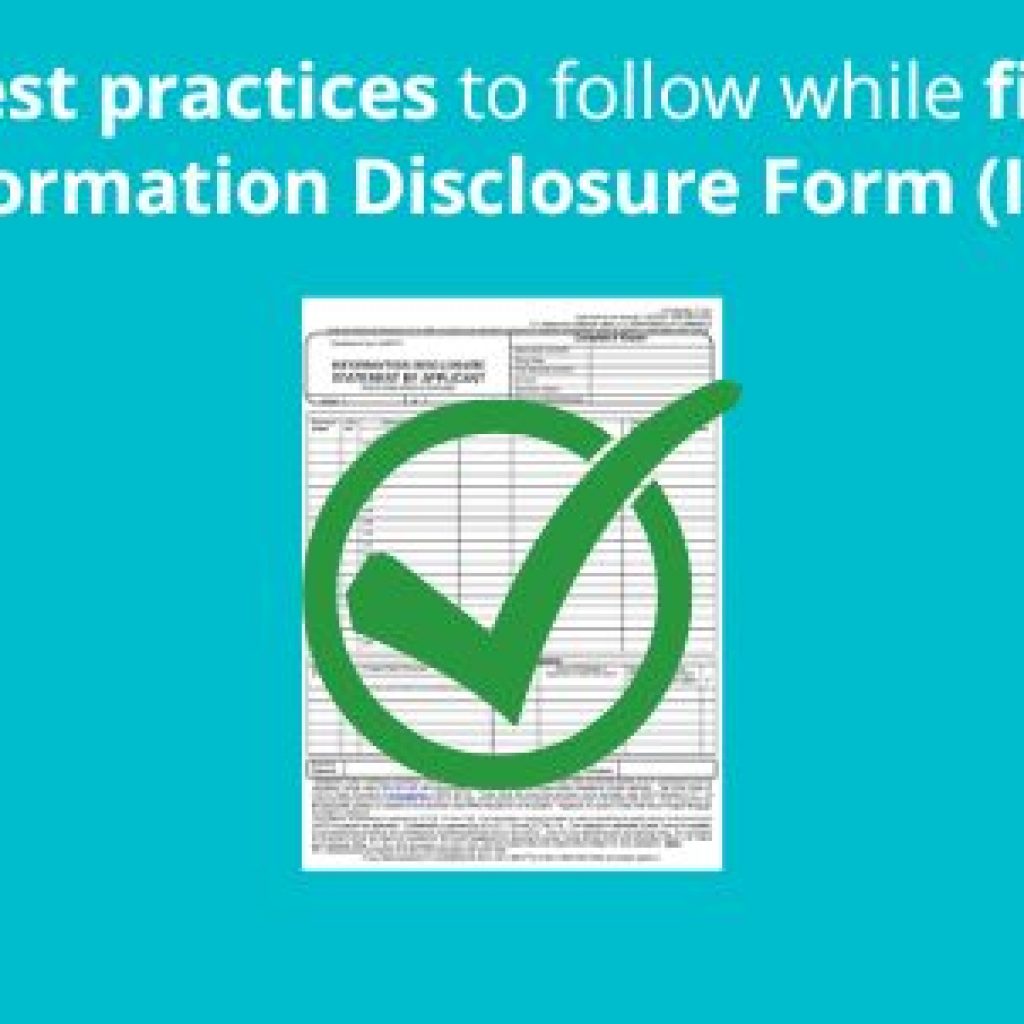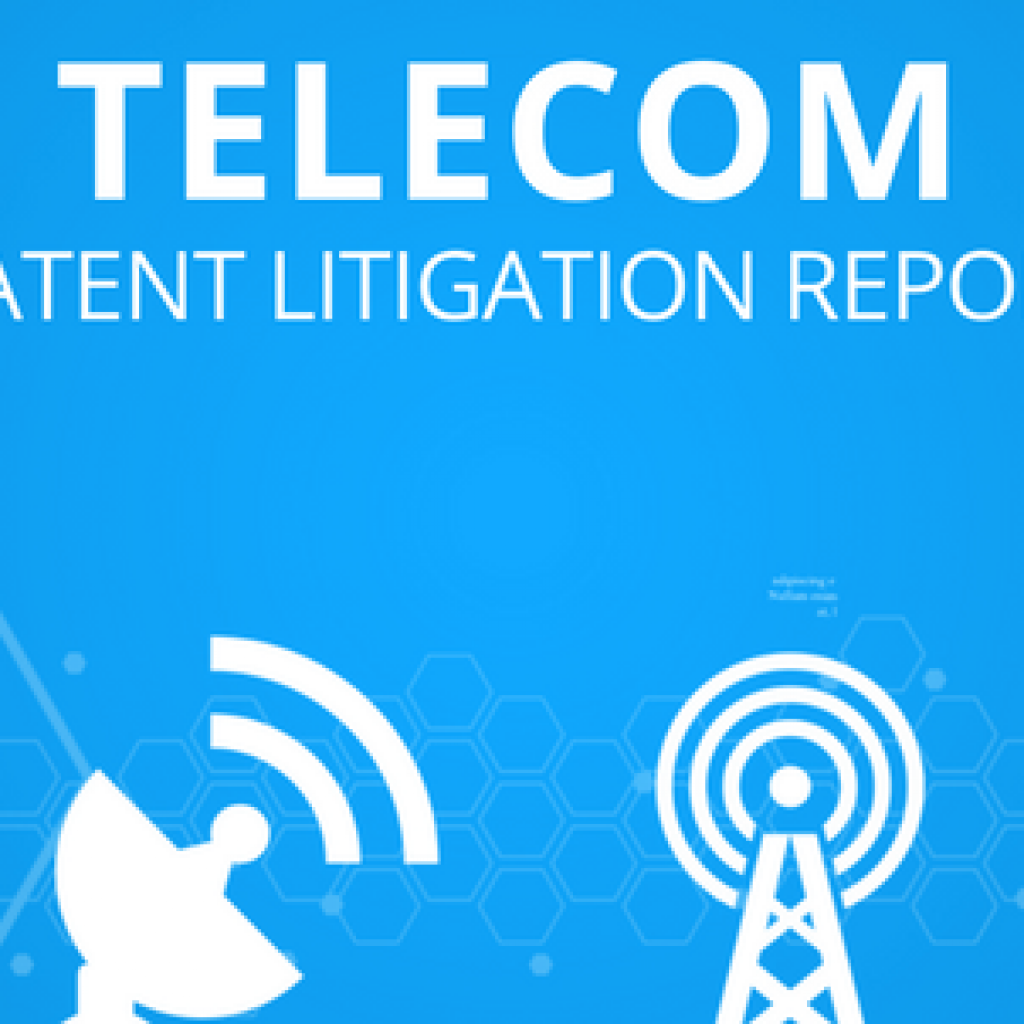Do you know that nearly one-third of the patents involved in litigation were found to be invalid? Well, if you feel this number is high then you will find it difficult to accept our belief – We feel nearly 50% of the patents can be invalidated.
We have been performing a lot of preliminary analysis of recently filed litigation for quite some– to check the novelty of patents involved in litigation. You can read the previously performed analysis here: Analysis of patents involved in ongoing litigations. This time, we analyzed a recent case filed by Cantigny against Intermatic (1:16-CV-10952) claiming infringement of its three patents – US8816610, US8901858, and US9049116 – by Intermatic’s product.
Cantigny’s three patents disclose configurable light timers’ device/method. This device/method further comprises a slot which is configured to receive a “portable memory device”. This portable memory device contains on/off instruction to configure the timer device and thereby makes the light to switch on/off.
Our analysis raised multiple flags that question its novelty. The grant time of ‘610, ‘858 and ‘116 patents, for example, is one among those flags. There also are multiple evidence of existing prior-art.
Where do we smell ‘Hot-spots’ to find Prior Art (prior to July 2010)
1. The concept of programmable timers can be dated back to at least as early as 1990. This gives us a range of 20 years to identify potential prior art in both patent and non-patent literature. We used our proprietary patent search tool Grey Parrot for the quick search. The quick search gave patents like US5160853A (Filing August 08, 1998) disclosing a programmable timer to on/off a light. A snippet of the relevant text of the reference has been provided below:
The invention provides a programmable timer for turning a light on and off in response to changing sunset, daylight savings time, and other programmable conditions. The programmable timer includes an input device, a microprocessor, and a switch.
This reference although not fully reciting the claims of the enforced patents but provides a lead that chances for finding relevant prior art are high.
2. On digging deep, we found that Honeywell has been building such products (e.g. RPLS530A) for a long time. They also have some patents related to Programmable Switch timers. US8314517, for example, was filed on July 29, 2008. Their patents and product manuals seem to be a good source of finding a prior-art.
3. We performed a quick non-patent literate search and found one article written by “Sarah Rae Smith” related to programmable switching on a light. This article clearly indicates that such kind of concept was in existence before 2010. Thus, there are high chances of finding an NPL, too.
4. Further, from the same website, we found a number of products related to programmable timer light. These products are like “the Light Switch Timer”, “uTimer Sensor LED Light and Lamp “, “Heavy Duty Digital 7 Day Timer Switch”, “Heavy Duty Outdoor Programmable Timer” and “Westek Daily Segment Timer Power Strip”. If we explore these products in more detail, there is a good chance of finding relevant information.
5. Also, a product guide by NSI Industries, Lilac (November 2008) discusses the concept of programmable switch timer with a removable memory device. Relevant text from the guide is as follows:
Stores all your schedule settings. Easily removable, can be programmed using the keypad on the unit or using the friendly windows based software and Memory Module Programmer (MMP). The MMP is used to transfer schedule settings from the MM to the PC or transfer schedule set-tings from the PC to the MMP”.
More exploration of this assignee may lead to good results.
Another preliminary analysis you can read: Patent Asserted by Thermolife– Are they really strong?
What did we observe after looking into the file history?
1. Looking into a search strategy, most of the strings run by the examiner were very narrow. Almost all the strings contain a light timer device with the same sentence memory. That’s why there was a good chance to miss relevant results.
2. Important keywords like programmable, luminescence, illuminator, cache/caching device were not run by the examiner. We believe these were important keywords. This clearly shows that a lot of results didn’t even appear in the search performed by the Examiner.
3. Also, timer related keywords like Interval/Duration/Period/Window were also not been run by the examiner.
4. Only a non-final rejection was filed during the examination that too based on 35 USC 103. Our point is examination has not been thorough.
5. Only US patents were cited during the prosecution, while in fact, numerous foreign patents and non-patent prior arts could be existing. We believe a lot of work was done in this area which could be in a language other than English.
Conclusion:
The Search Team at GreyB is of opinion that there are high chances of these patent getting invalidated if it spends some time researching on the patent. Also, a look at the file history is indicative of the high probability of locating a bang on prior art in the patent literature as this is not one of the thoroughly examined patents.
Analysis Performed by: Nikhil Gupta, Manager, Search Team
P.S. We performed a similar analysis on the first patent of Hoverboard. You can download the free preliminary analysis report here: Preliminary Analysis Report – Hoverboard Patent (US8738278B2)

